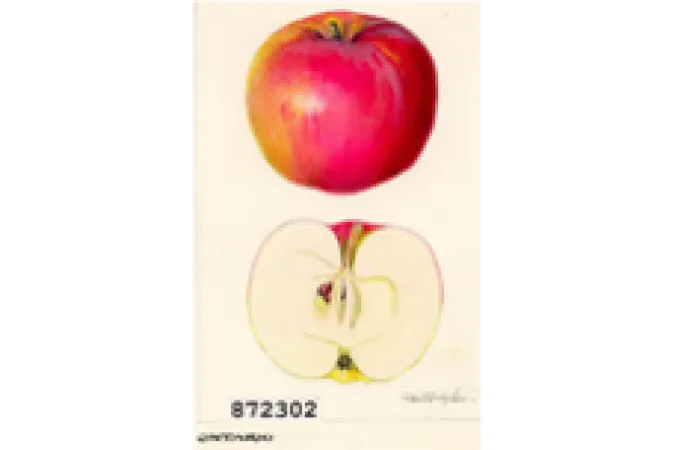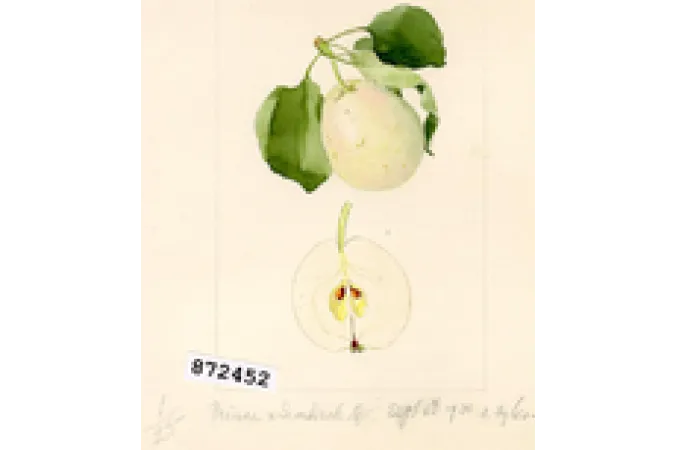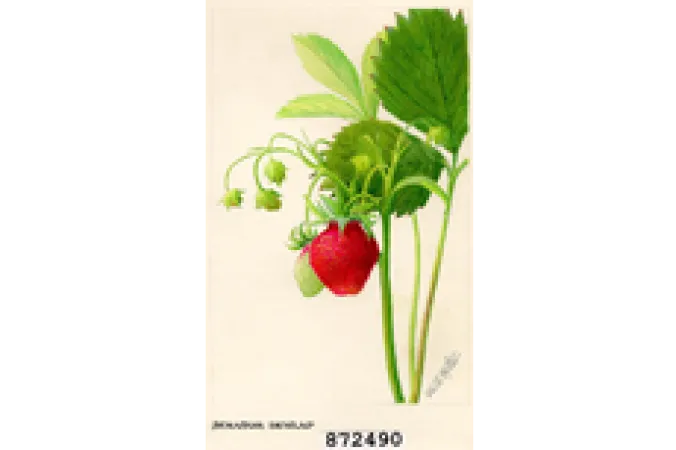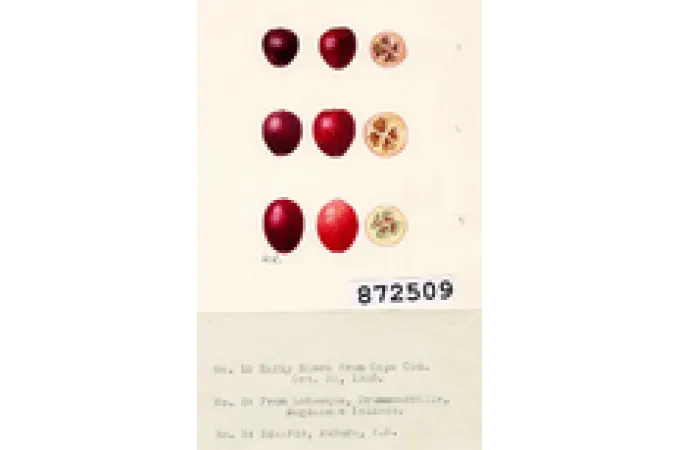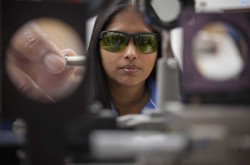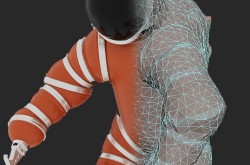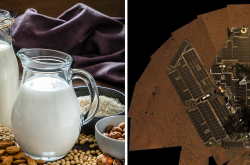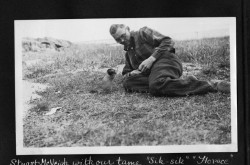Faith Fyles: Canadian Botanist and Painter
This article was originally written and submitted as part of a Canada 150 Project, the Innovation Storybook, to crowdsource stories of Canadian innovation with partners across Canada. The content has since been migrated to Ingenium’s Channel, a digital hub featuring curated content related to science, technology and innovation.
Story by: Beth Robertson
Faith Fyles, B.A. (1875-1961) was a professional botanist in early twentieth-century Canada. Fyles had been educated at McGill, where she studied under Professor Carrie Derick—another exceptional woman botanist who no doubt inspired Fyles to pursue a career in the field. In 1910, Fyles obtained employment as an assistant seed analyst with the federal Department of Agriculture, a job characterized as “women’s work” at the time. She transferred to the Central Experimental Farm the next year in 1911 to become an Assistant Botanist in charge of the Botanical Gardens and the Herbarium. Fyles was more than qualified for the post, but considering that many other, equally-educated women were regularly denied positions of similar standing, her appointment was nothing short of extraordinary. Fyles proved to be an invaluable hire. She successfully performed her duties as a botanist, while conducting useful field work, wrote Principal Poisonous Plants of Canada for the Department in 1920, and assisted her colleagues through her gifts as an artist. Her paintings of various plant specimens have become a hallmark of the Canadian Agricultural and Food Museum collection in Ottawa. Fyles continued her scientific research at the Farm for the duration of her long career until she retired in 1931.
Note: This is a portion of another entry that appears in an ActiveHistory exhibit on “Science, Technology and Gender” http://www.activehistoryexhibits.ca/exhibits/show/science-technology-and-gender/life-on-canvas–hidden-histori
Further reading:
Amber Loydlangston, “Women in Botany and the Canadian Federal Department of Agriculture,” Scientia Canadiensis 29, 2 (2006): 99-130




